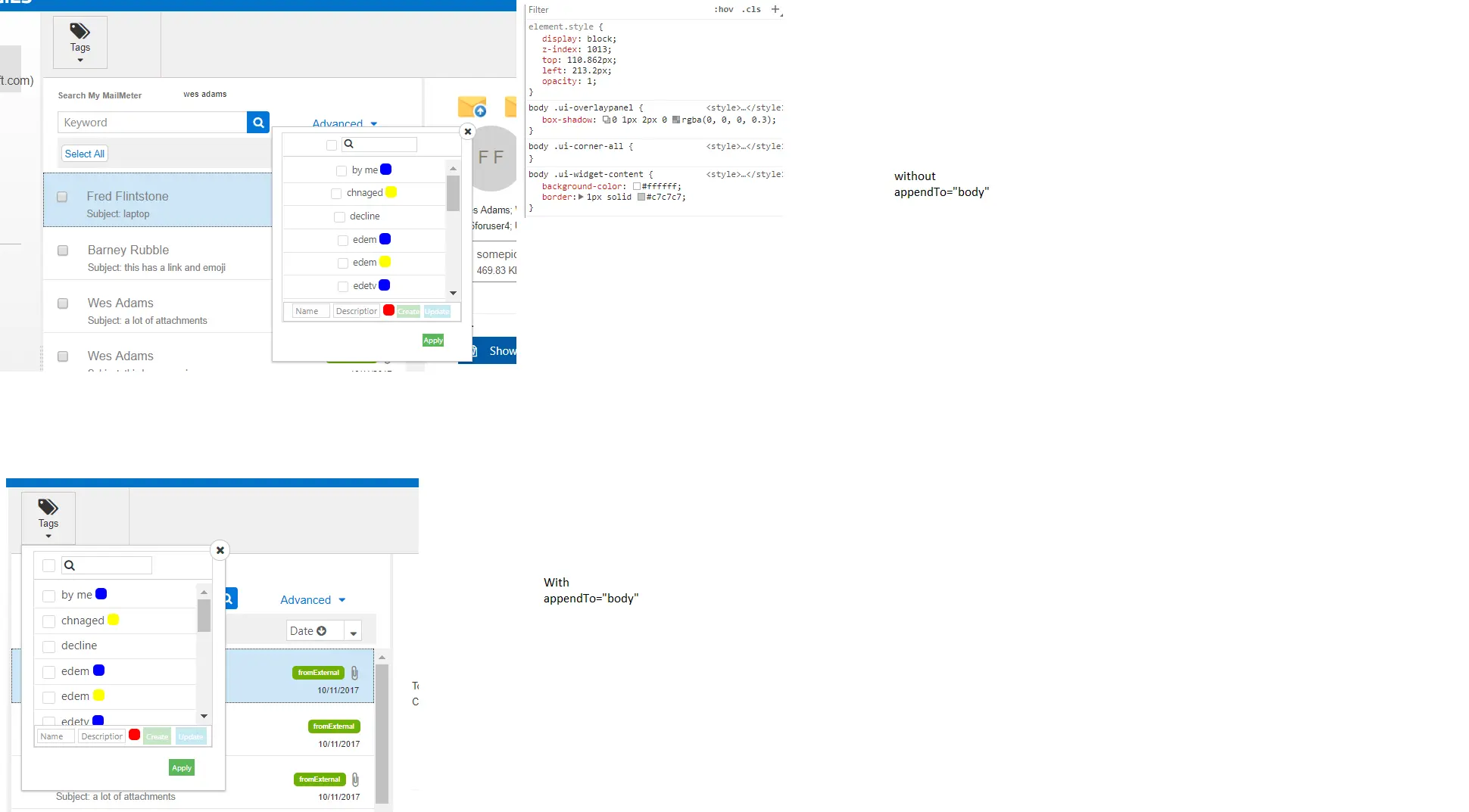PrimeVue is an extensively used Vue UI library with plenty of interactive and responsive additives. One of the most famous components is the OverlayPanel. This is splendid for pop-up or hidden content material based totally on personal interaction. However, its default length might not usually suit the layout or layout necessities of every undertaking. In this text, we’ll explain how you could make the OverlayPanel smaller with the use of easy CSS and JavaScript techniques.
What is PrimeVue?
PrimeVue is a collection of Vue components designed to streamline UI development. It’s regarded as being lightweight and surprisingly customizable.
Understanding PrimeVue Components
PrimeVue gives equipped-to-use components that may be without problems integrated into your Vue tasks. From records tables to entering fields and panels, PrimeVue has all of it. Its flexibility makes it a popular choice amongst builders seeking to construct and customize interfaces.
Overview of OverlayPanel in PrimeVue
The OverlayPanel is a flexible box that looks over the current page whilst precipitated. It’s commonly used for such things as notifications, signals, and short-access menus. However, its default dimensions might be too large for certain conditions, prompting the want for resizing.
Why Resize the OverlayPanel?
Common Use Cases
Resizing the OverlayPanel can be essential for making sure that it aligns with your page layout. Some not-unusual scenarios encompass:
- Make sure it doesn’t contain too much content.
- Adapting the design to match smaller monitors.
- Improving the person’s enjoyment of mobile gadgets.
Design and Usability Concerns
A large OverlayPanel can experience overwhelming on small screens or might not suit the rest of the interface. Ensuring that it’s far proportionally sized can drastically enhance usability.
Steps to Make OverlayPanel Smaller in PrimeVue
Let’s dive into the step-by-step procedure of making your OverlayPanel smaller.
Step 1: Understanding the CSS Classes in OverlayPanel
The OverlayPanel factor in PrimeVue comes with predefined lessons, making it simpler to use custom patterns. One of the number one training is. P-overlay panel. This is the elegance we’ll target when making length modifications.
Step 2: Adding Custom CSS for Sizing
To adjust the size of the OverlayPanel, you’ll need to outline custom CSS. Here’s a simple instance of the way to make the OverlayPanel smaller:
.p-overlaypanel {
width: 300px;
height: 200px;
}
This CSS snippet units the width and top of the OverlayPanel to 300px with the aid of 200px.
Step 3: Applying Inline Styles for Precision
If you want greater control over the dimensions, you could practice inline patterns directly within your Vue template:
Step 4: Implementing JavaScript Adjustments
Sometimes, you can need to alternate the size dynamically primarily based on positive conditions or person input. You can use JavaScript for this:
this.$refs.overlayPanel.style.width = “250px”;
this.$refs.overlayPanel.style.height = “150px”;
This technique lets you modify the size programmatically based on your app’s wishes.
CSS Properties for Controlling the Size
Here are a few essential CSS residences you’ll need to apply when resizing the OverlayPanel:
Width and top
Set the exact dimensions of the panel.
Min-width and min-height
Define the minimum allowable length for the panel.
Max-width and max-top
Set the length the panel can develop to, which is useful for responsive designs.
Practical Example: Adjusting the Width and Height
Let’s say you need the OverlayPanel to have a width of 400px and a height of 200px. You can reap this with the following CSS:
.p-overlaypanel {
width: 400px;
height: 200px;
}
Alternatively, for inline styles on your Vue thing:
Mobile Responsiveness
Making OverlayPanel Mobile-Friendly
When designing for a cell, it’s crucial to make certain that your OverlayPanel adapts to smaller monitors. You can use media queries to modify the dimensions dynamically primarily based on display screen size:
@media (max-width: 600px) {
.p-overlaypanel {
width: 100%;
height: auto;
}
}
Testing Your Changes
Cross-Browser Compatibility
Ensure your customizations work throughout all the most important browsers like Chrome, Firefox, and Safari by checking out very well. Sometimes, one-of-a-kind browsers render factors in another way.
Performance Testing
Make certain the resizing doesn’t negatively impact performance, mainly on mobile gadgets. Overloading with heavy CSS or JavaScript can sluggish rendering times.
Common Mistakes to Avoid
Ignoring responsiveness: Not making your layout adaptive can result in terrible cell experiences.
Overcomplicating the CSS: Stick to simple answers for higher overall performance and maintainability.
How to Ensure Better User Experience
Make sure your customizations beautify usability and don’t make the OverlayPanel less purposeful. Always hold the consumer enjoy in thoughts whilst adjusting the scale.
Optimizing for Performance
If you notice any lag in rendering, especially on slower gadgets, you would possibly want to optimize your CSS and JavaScript code.
Troubleshooting Overlapping Issues
OverlayPanels once in a while overlap with other UI components. Ensure that the z-index of your OverlayPanel is nicely set to prevent those issues:
@media (max-width: 600px) {
.p-overlaypanel {
width: 100%;
height: auto;
}
}
Best Practices for Customizing PrimeVue Components
Whenever you’re customizing PrimeVue additives, constantly:
- Keep your code modular and reusable.
- Test very well in unique environments.
- Ensure that your customizations don’t spoil other elements of the UI.
Conclusion
Resizing the OverlayPanel in PrimeVue is incredibly truthful with a mix of CSS, inline patterns, and JavaScript. By adjusting its dimensions to enhance your layout, you could enhance both usability and aesthetics. Follow the stairs outlined right here to make certain that your panel adapts smoothly to any format or display size.
FAQs
Can I resize the OverlayPanel without using CSS?
Yes, you may use inline patterns without delay to your Vue template or JavaScript for dynamic resizing.
Will resizing the OverlayPanel affect its functionality?
No, resizing only modifications its visual length. Its capability stays intact.
Is it feasible to resize the OverlayPanel for cell gadgets one after the other?
Yes, you can use media queries to make the OverlayPanel responsive.
What if the OverlayPanel overlaps different components?
You can regulate the z-index property in CSS to save you overlapping troubles.
Can I programmatically resize the OverlayPanel?
Yes, you can use JavaScript to resize the OverlayPanel dynamically.

